Understanding the Importance of Food Packaging Boxes
In the food industry, presentation and safety are paramount. Food packaging boxes play a crucial role in both aspects. These boxes are not just containers; they are the first point of interaction between the consumer and the product. Effective food packaging not only preserves the integrity of the food but also enhances the branding and aesthetic appeal, ultimately influencing customer decisions.
What are Food Packaging Boxes?
Food packaging boxes are specialized containers designed to hold, protect, and preserve various food items. They come in various shapes, sizes, and materials, catering to an array of foods ranging from baked goods to take-out meals. Their primary purpose is to prevent spoilage, maintain temperature, and ensure that food remains safe for consumption. The evolution of food packaging has seen significant advancements, from basic cardboard boxes to innovative, insulated materials that enhance freshness.
The Role of Food Packaging Boxes in Brand Identity
Food packaging is a critical element of a brand’s identity. It acts as a visual touchpoint that conveys the essence of the brand, including its values, quality, and target audience. Creative and unique designs can differentiate a brand in a crowded market. For instance, eco-friendly packaging can signal a commitment to sustainability, appealing to environmentally conscious consumers. Additionally, custom packaging can celebrate the uniqueness of a brand with personalized elements, such as logos and colors, creating a memorable experience for customers.
Key Trends in Food Packaging Boxes
The food packaging industry is continuously evolving, influenced by consumer preferences and technological advancements. Several trends are currently shaping the market:
- Sustainability: Consumers are increasingly demanding eco-friendly options. Packaging materials that are recyclable, biodegradable, or made from renewable resources are gaining popularity.
- Minimalism: Simple, clean designs resonate with consumers who seek authenticity. Minimalist packaging focuses on essential information and aesthetics without overwhelming visuals.
- Interactive Packaging: Incorporating QR codes or augmented reality features can engage consumers and provide additional product information or promotions.
- Innovative Materials: The use of advanced materials such as plant-based plastics and smart packaging technologies is on the rise, offering benefits like better insulation and longer shelf life.
Types of Food Packaging Boxes Available
When selecting food packaging boxes, it is essential to consider the type of food being packaged and the brand’s specific needs. Here are some common types:
Eco-Friendly Options for Food Packaging Boxes
Eco-friendly food packaging boxes are designed to minimize environmental impact. Made from materials like recycled paper, bamboo, or biodegradable plastics, these boxes are gaining traction as consumers become more environmentally aware. Brands that adopt sustainable packaging not only appeal to a broader audience but also contribute to reducing waste in landfills. By providing consumers with the opportunity to make responsible choices, these brands can foster loyalty and trust.
Customizable Food Packaging Boxes for Specific Needs
Custom food packaging allows businesses to tailor their boxes to fit specific products while reflecting their brand identity. Customization options include shapes, sizes, colors, and printing, allowing a company to create a unique experience for its customers. Using distinctive packaging can also enhance practicality: for example, designing boxes for easier stacking or incorporating features that facilitate portion control can significantly improve user experience.
Comparison of Materials Used in Food Packaging Boxes
| Material | Advantages | Disadvantages |
|---|---|---|
| Cardboard | Cost-effective, lightweight, recyclable | May not provide adequate moisture barrier |
| Plastic | Durable, moisture-resistant, versatile | Environmental concerns with disposal |
| Bamboo | Renewable, biodegradable, sturdy | Higher production costs |
| Plant-based Plastics | Compostable, environmentally friendly | Limited availability and higher cost |
Best Practices for Using Food Packaging Boxes
Using food packaging boxes effectively is crucial for maintaining product quality and ensuring consumer satisfaction. Below are some best practices that businesses should consider:
Design Considerations for Food Packaging Boxes
The design of food packaging boxes should align with the brand’s visual identity while meeting functional requirements. Key considerations include:
- Visibility: Ensure that key product information is easy to read and prominently displayed.
- Durability: Choose materials that can withstand handling and transport without compromising the food quality.
- Usability: Design boxes that are convenient for both retailers and consumers; easy to open and reseal features can enhance customer satisfaction.
Compliance and Safety in Food Packaging Boxes
All food packaging must comply with safety standards and regulations. This ensures that the materials used are safe for food contact and that packaging adequately protects against contamination. Businesses should be aware of the regulatory requirements specific to their region and type of food being packaged. Regular inspections and quality control processes can help maintain these standards.
Cost-Effective Solutions for Food Packaging Boxes
Finding cost-effective solutions for food packaging without compromising quality is essential for profitability. Here are some strategies to consider:
- Bulk Purchasing: Buying in bulk reduces the cost per unit and increases overall savings.
- Supplier Relationships: Building strong relationships with suppliers can lead to discounts or improved payment terms.
- Minimalism in Design: Simplifying the design reduces production costs while still maintaining aesthetic appeal.
Enhancing Customer Experience with Food Packaging Boxes
Food packaging boxes can significantly influence a customer’s overall experience. By focusing on consumer needs and expectations, businesses can utilize packaging as a tool for enhancement.
Impact of Food Packaging Boxes on Delivery and Takeout
The rise of food delivery and takeout services has underscored the importance of using appropriate food packaging boxes. Packaging must not only keep the food intact and at the right temperature but also be user-friendly. Containers with superior insulation, leak-proof seals, and stacking capabilities ensure that food arrives fresh and ready to eat.
Stylish Food Packaging Boxes as Brand Promotion Tools
Well-designed food packaging boxes can serve as effective brand promotion tools. Unique designs that reflect a brand’s ethos or cultural themes can capture consumer interest and promote word-of-mouth marketing. Packaging that tells a story or infuses local cultural elements enhances the connection between the consumer and the product, fostering loyalty and repeat business.
Feedback and Customer Insights on Food Packaging Boxes
Gathering customer feedback regarding packaging can provide valuable insights into consumer preferences and areas for improvement. Conducting surveys or monitoring product reviews can help identify aspects of the packaging experience that consumers appreciate or dislike. Businesses that actively listen to their customers and make adjustments based on this feedback can significantly enhance their reputation and product offerings.
Future of Food Packaging Boxes: Innovations and Sustainability
As societal expectations evolve, so too does the food packaging industry. Innovations are driving change, particularly focused on sustainability and efficiency.
Emerging Technologies in Food Packaging Boxes
Advancements in technology are shaping the design and functionality of food packaging. Innovations such as temperature-controlled packaging can help maintain food quality during transit. Moreover, smart packaging that utilizes sensors or NFC technology can provide real-time insights into product freshness, thereby enhancing consumer trust and product safety.
Predictions for the Food Packaging Boxes Industry
Looking forward, the food packaging industry is expected to witness a shift towards more sustainable practices, driven by consumer demand and regulatory changes. The integration of advanced materials, coupled with a greater focus on lifecycle sustainability, will likely define the industry’s trajectory. Automation and AI in manufacturing processes may also become prevalent, streamlining production while maintaining quality.
Sustainable Practices for Food Packaging Boxes
Sustainability is no longer merely a trend; it has become a necessity. Businesses are encouraged to adopt sustainable practices throughout their packaging supply chains. This includes selecting renewable materials, minimizing over-packaging, and implementing recycling programs. Additionally, educating consumers about proper disposal methods for packaging can enhance overall sustainability efforts.
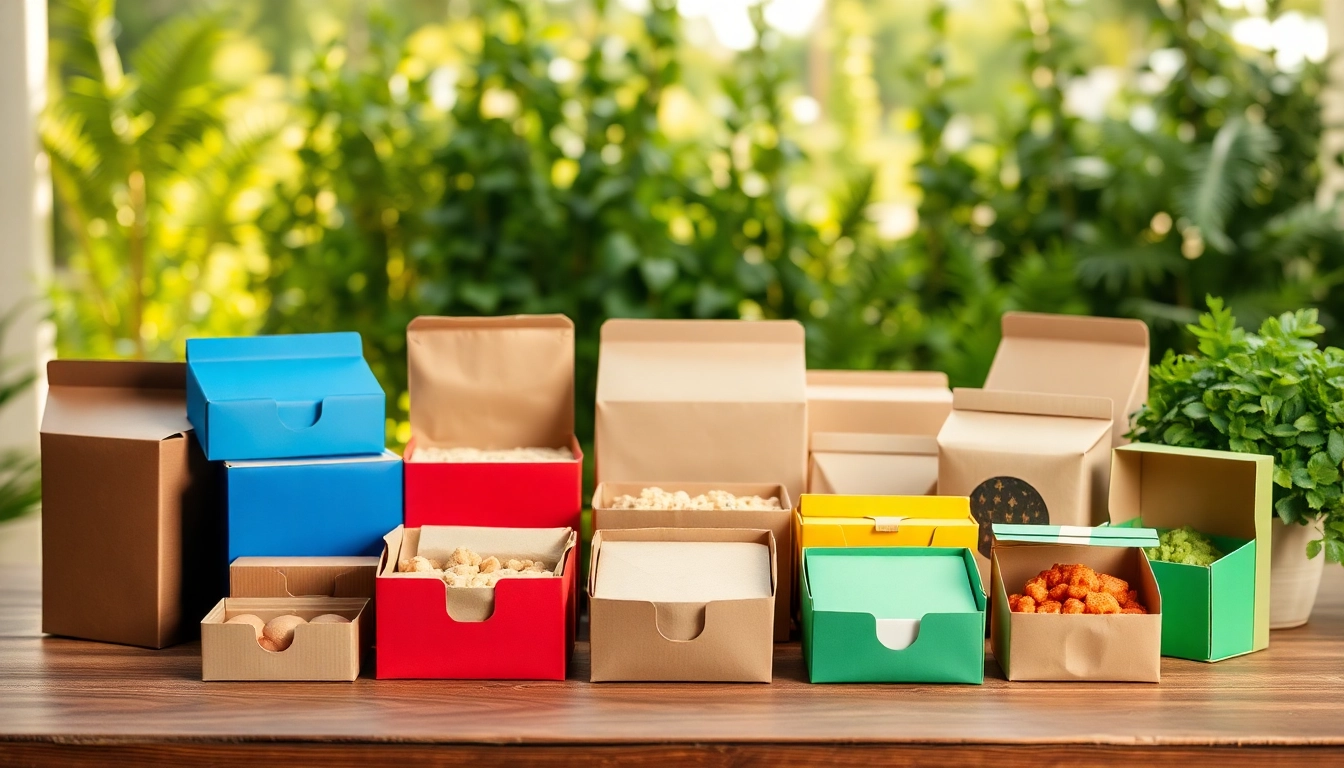
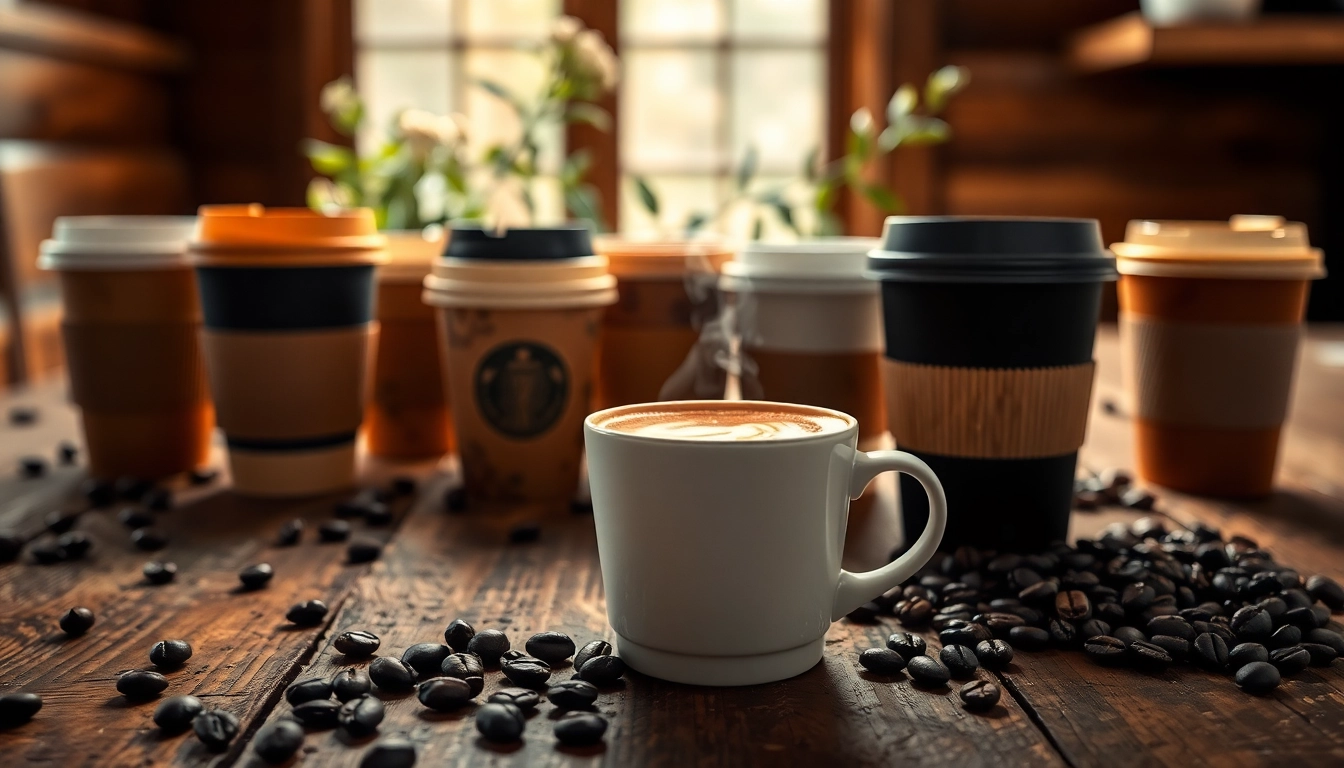
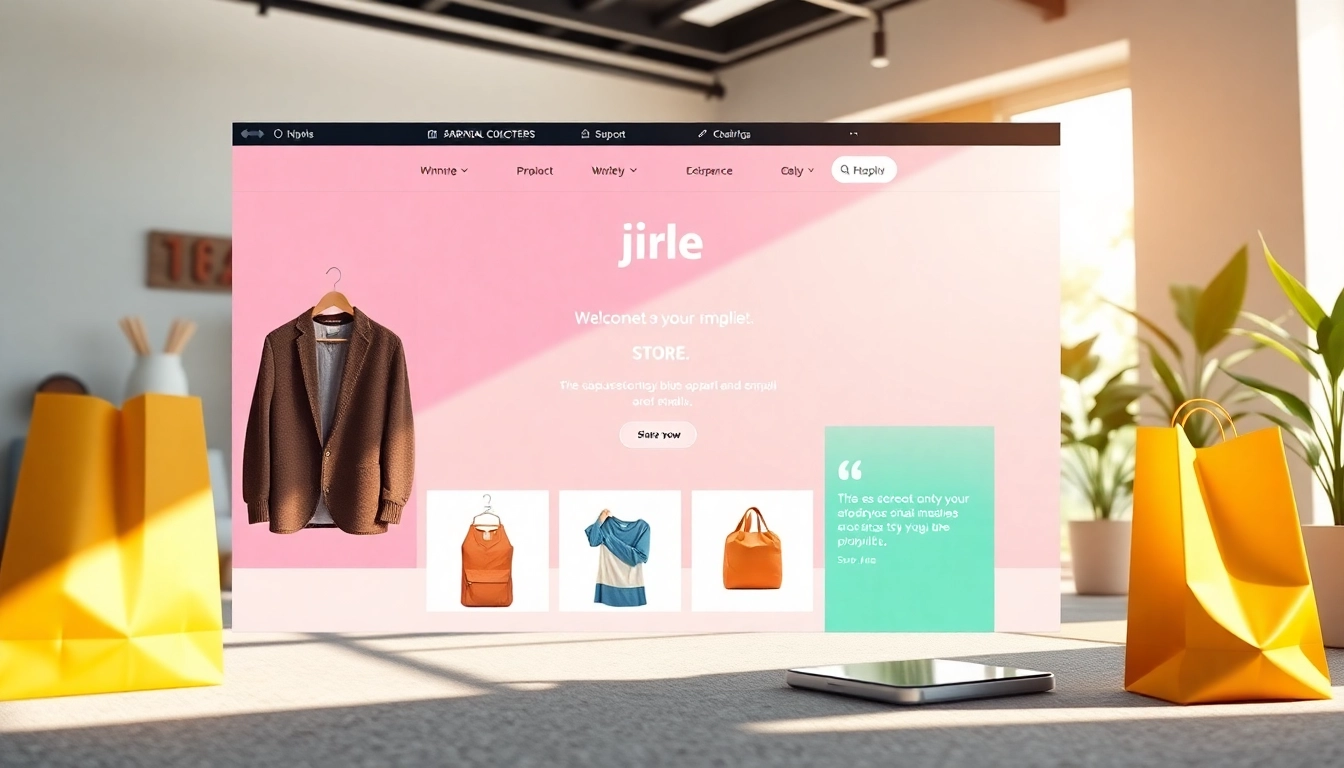
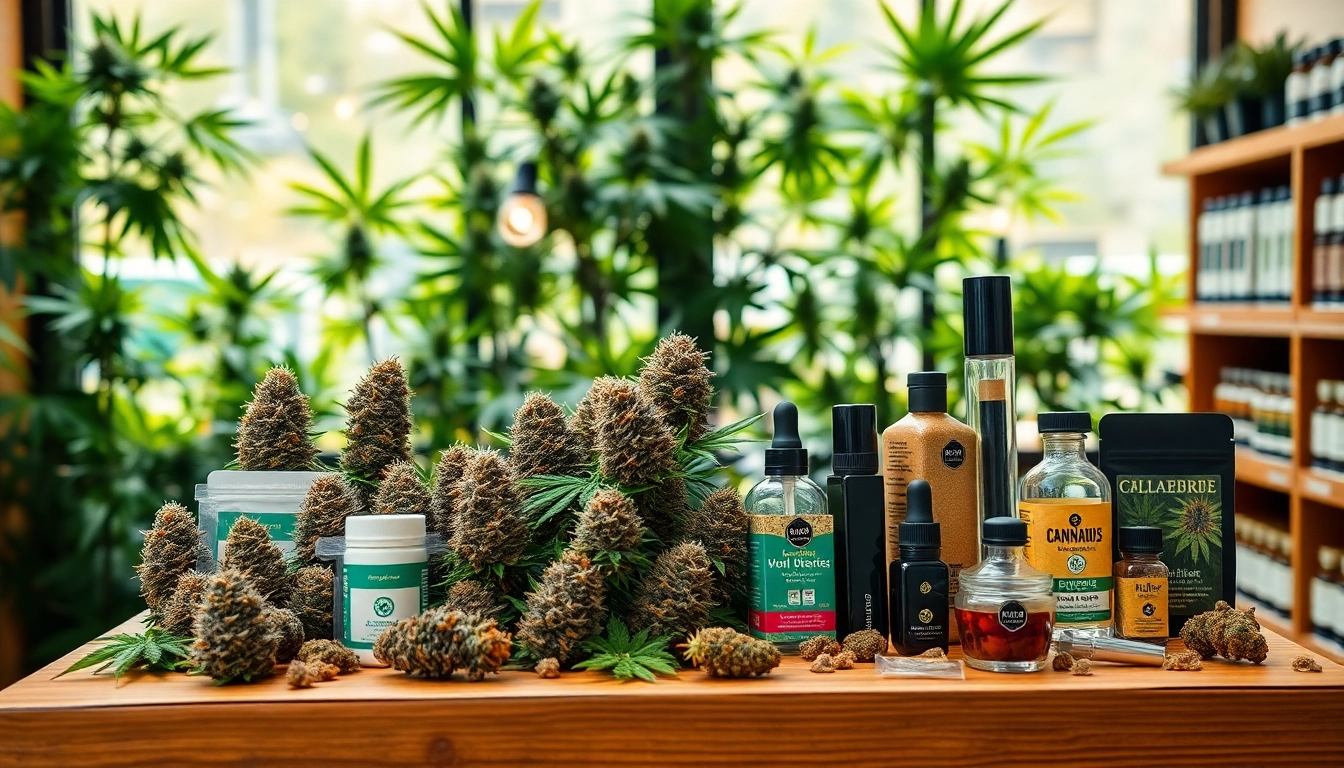
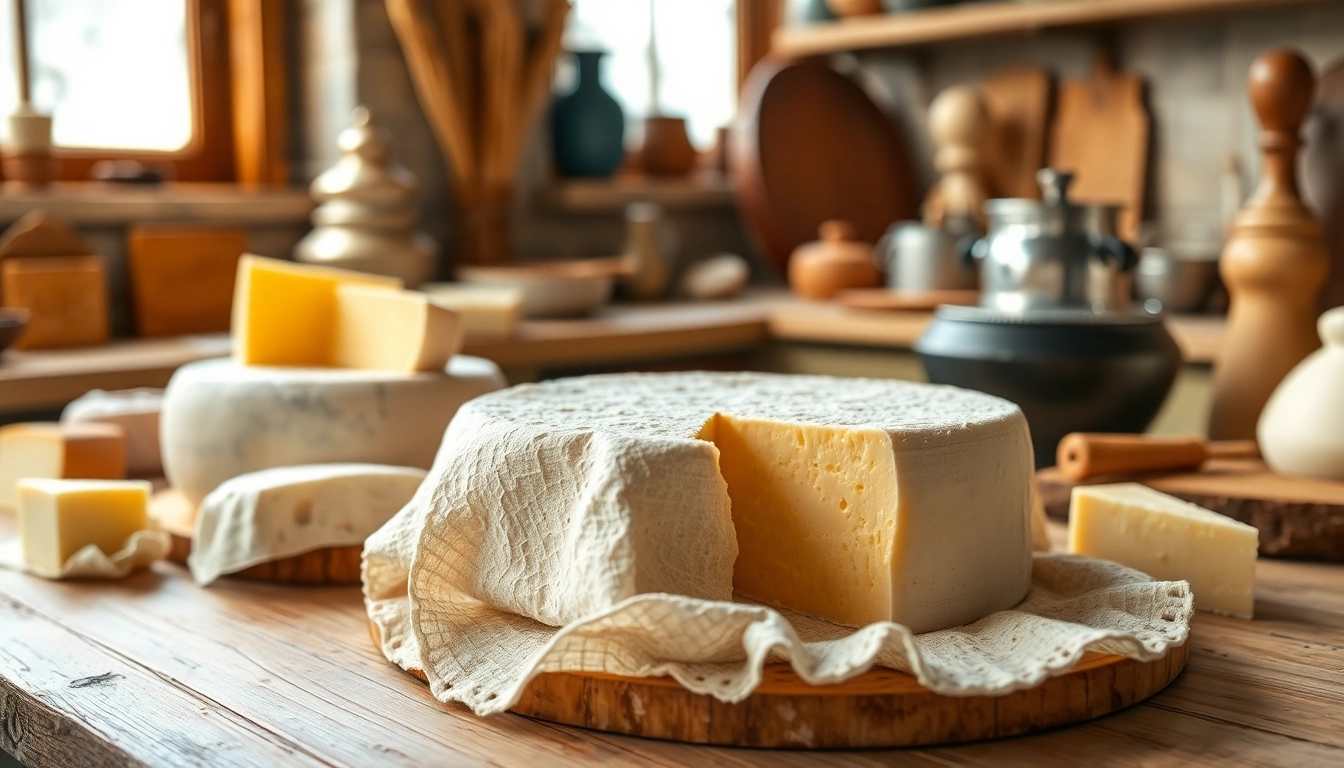
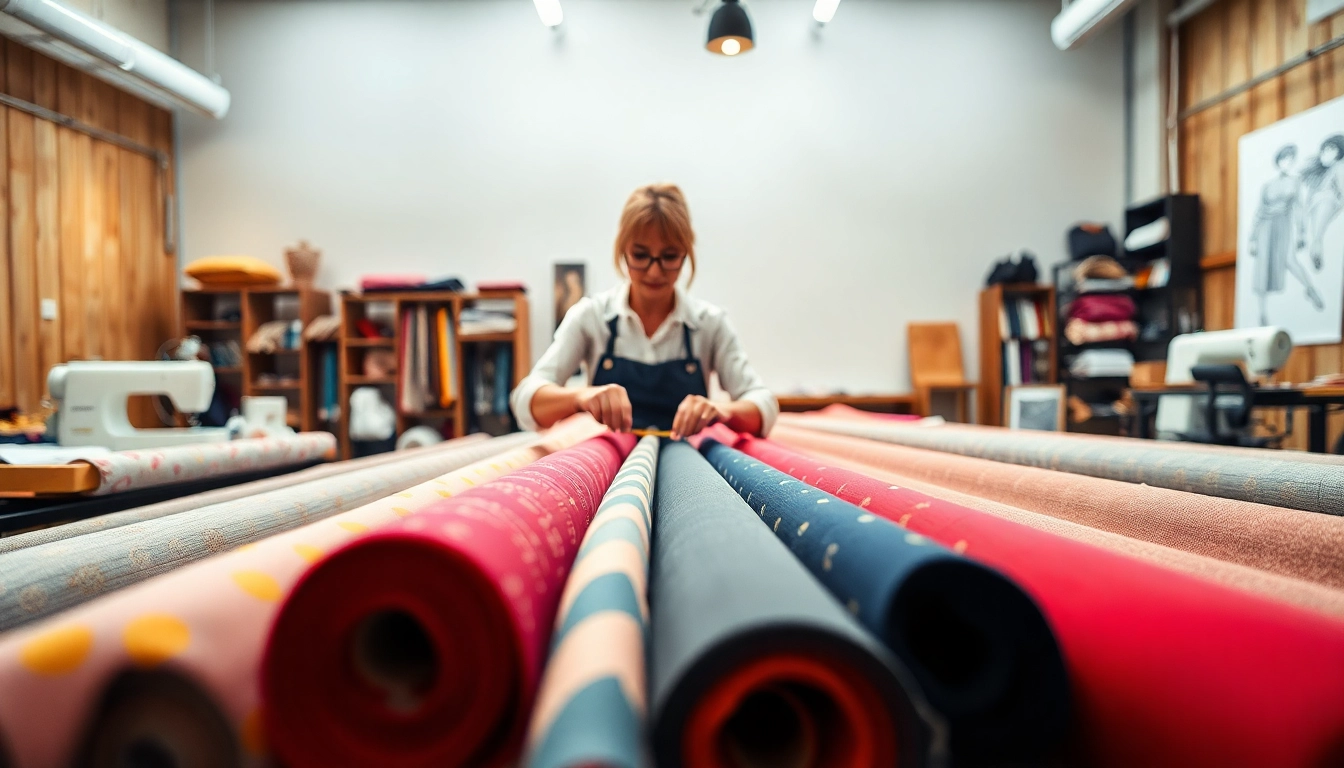



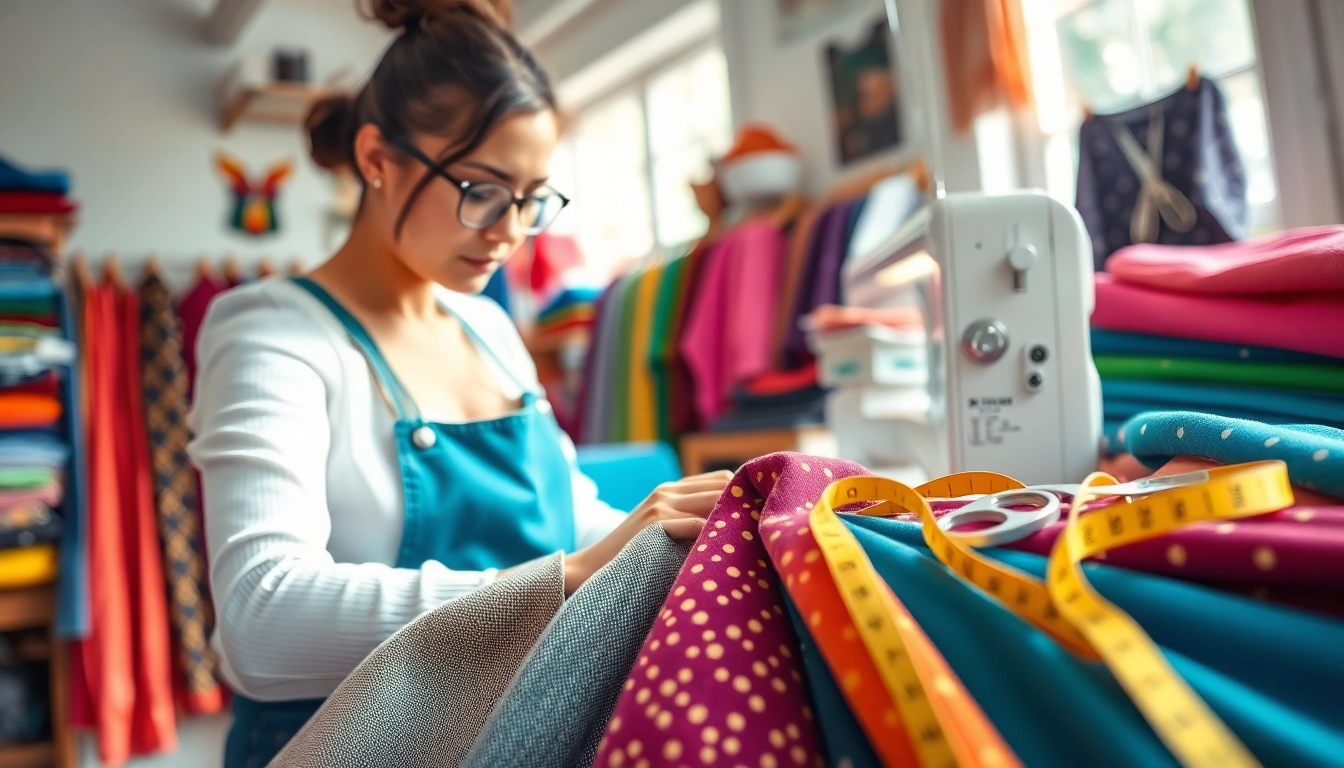

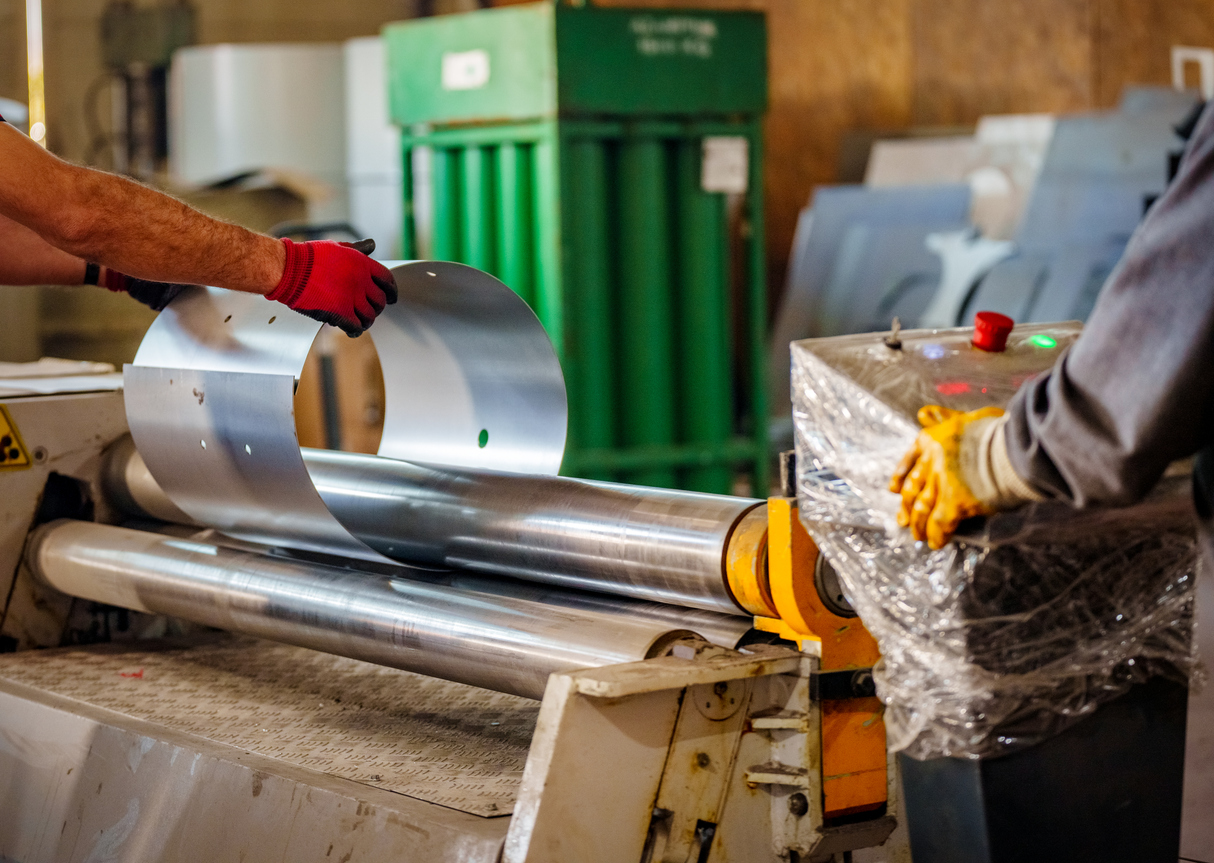



Leave a Reply